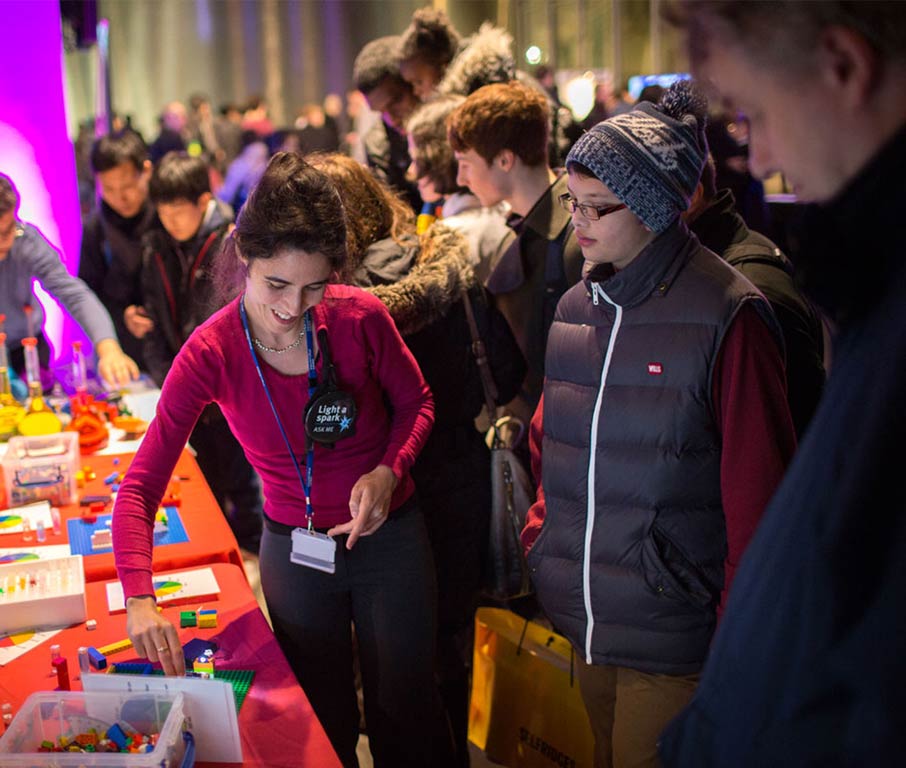Rapid deployment of multi-functional modular sensing systems in the soil
Two interdisciplinary research groups from Georgia Institute of Technology and Imperial College London have received joint funding from the US National Science Foundation and UKRI/NERC to design an advanced self-propelled robot to explore the soil subsurface and record a range of signals as it advances.
The Imperial team of investigators comprises Prof. Catherine O'Sullivan (Civil and Environmental Engineering), Prof. Andrew Holmes (Electrical and Electronic Engineering), Prof. Daniele Dini ( Mechanical Engineering), and Dr. Tom Reddyhoff (Mechanical Engineering). Our collaborators at Georgia Institute of Technology are lead by Professor Chloé Arson. Further details of the project are provided on the Georgia Tech Website. Three research strands are being developed at Imperial as noted below.
BRISS at ICL - Resesearch Strands

Mechanical Engineering
Within the Department of Mechanical Engineering, Dr. Yu Min, is developing a new geophysical technique based on wave reflection. This technique can measure soil impedance, from which stress wave velocity and stiffness can be deduced. It has a significant advantage of requiring only one sensor (i.e. avoiding the transmitter-receiver configurations typically associated with geophysics testing). If successful this can be embedded in the BRISS.
Dr. Yu Min is also developing experiments to assess how acoustic emission data can be used to quantify the frictional resistance along the surface of the burrowing robot.
Further details: Dr. Yu Min

Civil and Environmental Engineering
Within the Department of Civil and Environmental Engineering Dr. Fernando Patino Ramirez is using the discrete element method (DEM) to create models to suppor the sensor development work in both Mechanical and Electrical Engineering. Dr. Patino Ramirez has created prototype models to study the shearing of a serrated surface against soil. Dr. Patino Ramirez is also exploring the possibility of combining continuum and discrete models to simulate the wave reflection method proposed by Dr. Yu Min.
Further detalis: Dr. Fernando Patino Ramirez

Electrical and Electronic Engineering
Within the Department of Electrical and Electronic Engineering Dr. Shahid Malik is developing techniques to enable accurate geolocation of the burrowing robot as it penetrates the subsurface.
Further details: Dr. Shahid Malik
Contact Geotechnics
Geotechnics
Civil and Environmental Engineering
Skempton Building
Imperial College London
South Kensington Campus
London, SW7 2AZ
Telephone:
+44 (0)20 7594 6077
Email: j.otoole@imperial.ac.uk
Alternatively, you can find a member of Geotechnics staff on the Department of Civil and Environmental Engineering website.
Follow us on Twitter: @GeotechnicsICL
We are located in the Skempton Building (building number 27 on the South Kensington Campus Map). How to find us
